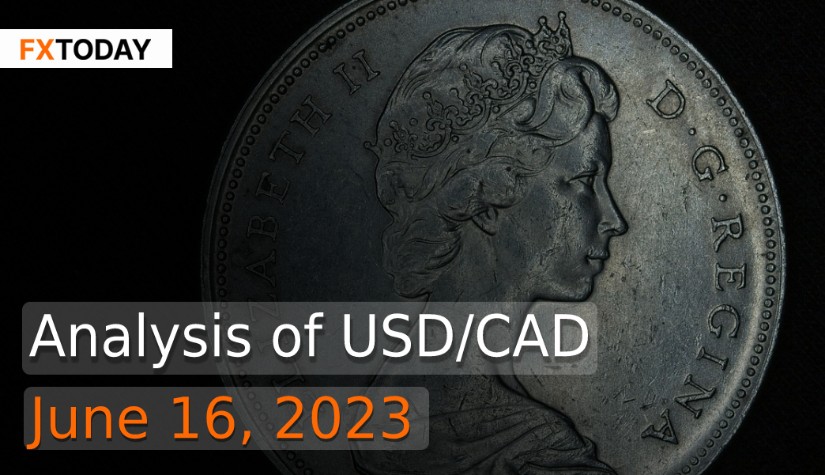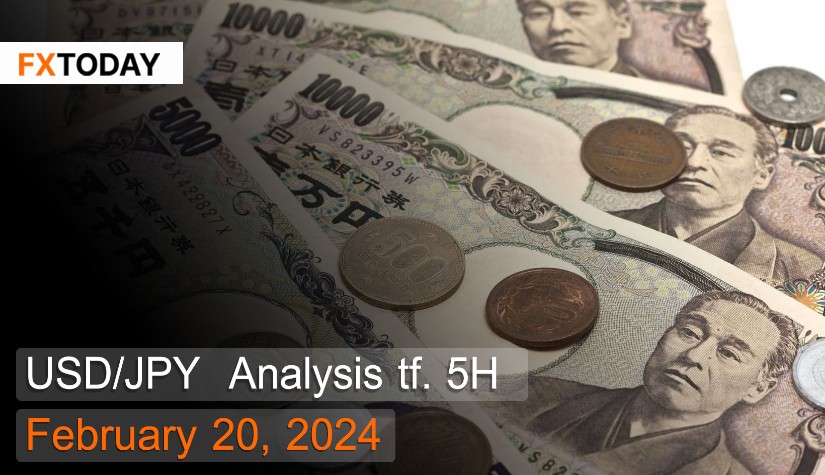Canadian economy rebounds slightly
According to economists surveyed by Reuters, the Bank of Canada plans to raise interest rates to 5.00% in July, following a surprise increase of 25 basis points last week. This move comes after the Bank of Canada raised its benchmark interest rate to 4.75%, the highest level in 22 years, which was the first increase since January.
The decision to raise rates was driven by a series of unexpectedly strong economic data and persistently high inflation. Prior to this move, most economists believed that there would be no further rate hikes this year, reflecting a shift in sentiment due to widespread concerns about inflation not decreasing quickly enough.
The Bank of Canada Deputy Governor, Paul Beaudry, highlighted strong household spending, a rebound in the housing market, a tight labor market, and persistent core inflation as the key factors behind the rate increase. The central bank indicated that excess demand, particularly in the housing sector, was more persistent than anticipated.
However, there have been signs of softness in employment following the rate hike, as Canada unexpectedly lost 17,300 jobs in May, causing the unemployment rate to rise to 5.2%. While employment in the goods producing sector grew, the services sector saw a decrease in positions. Analysts had predicted an increase of 23,200 jobs and a rise in the jobless rate to 5.1%.
Inflation, which had been relatively stable, unexpectedly rose to 4.4% in May. Additionally, the housing market, which is sensitive to interest rates, has rebounded. A separate survey conducted by Reuters before the surprise rate hike showed that house prices have already begun to rise and are expected to recover further due to resilient demand. This recovery in the housing market could support additional rate hikes by the Bank of Canada. Furthermore, Canadian home sales increased in May, with a 5.1% rise compared to April and a 1.4% increase year-over-year, the first annual increase since June 2021.
In terms of trade, Canada experienced a significant jump in exports by 2.5% in April, reaching an all-time high by volume. Conversely, imports declined slightly, primarily due to a decrease in energy products. This resulted in a trade surplus in April, surpassing analysts' forecasts. The surge in exports was driven by metal, non-metallic mineral products, and energy products, which exceeded pre-pandemic levels. Economic uncertainty has prompted investors to favor gold, leading to higher transfers of gold assets from Canadian financial institutions to the United States.
Recent data revealed that Canada's economy benefited from favorable international trade, expanding at a faster rate than expected in the first quarter and likely continuing the trend in April. The economy's robust performance, including a 3.1% annualized growth rate in January-March, exceeding the central bank's projection, contributed to the resumption of interest rate hikes.
On the international front, the U.S. Federal Reserve decided to pause its policy tightening cycle. However, the Fed also signaled that rates are likely to rise further by the end of the year, with two more 25 basis point hikes expected. Due to this, the US dollar increased just a little before dropping significantly yesterday evening. The Canadian dollar is anticipated to fluctuate within the range until it is lower than the US dollar.
Data for Technical Analysis (5H) CFD USD/CAD
Resistance : 1.3225, 1.3229, 1.3235
Support : 1.3211, 1.3207, 1.3201
5H Outlook
Source: Investing.com
Buy/Long 1 If the support at the price range 1.3206 - 1.3211 is touched, but the support at 1.3211 cannot be broken, the TP may be set around 1.3226 and the SL around 1.3202, or up to the risk appetite.
Buy/Long 2 If the resistance can be broken at the price range of 1.3225 - 1.3230, TP may be set around 1.3239 and SL around 1.3206, or up to the risk appetite.
Sell/Short 1 If the resistance at the price range 1.3225 - 1.3230 is touched, but the resistance 1.3225 cannot be broken, the TP may be set around 1.3209 and the SL around 1.3234, or up to the risk appetite.
Sell/Short 2 If the support can be broken at the price range of 1.3206 - 1.3211, TP may be set around 1.3196 and SL around 1.3230, or up to the risk appetite.
Pivot Points Jun 16, 2023 03:33AM GMT
| Name | S3 | S2 | S1 | Pivot Points | R1 | R2 | R3 |
|---|---|---|---|---|---|---|---|
| Classic | 1.3191 | 1.3201 | 1.3209 | 1.3218 | 1.3226 | 1.3235 | 1.3244 |
| Fibonacci | 1.3201 | 1.3207 | 1.3211 | 1.3218 | 1.3225 | 1.3229 | 1.3235 |
| Camarilla | 1.3211 | 1.3213 | 1.3214 | 1.3218 | 1.3218 | 1.3219 | 1.3221 |
| Woodie's | 1.3189 | 1.3200 | 1.3207 | 1.3217 | 1.3224 | 1.3234 | 1.3242 |
| DeMark's | - | - | 1.3204 | 1.3216 | 1.3222 | - | - |
Sources: Investing 1, Investing 2
Maximize your knowledge: Blog
















